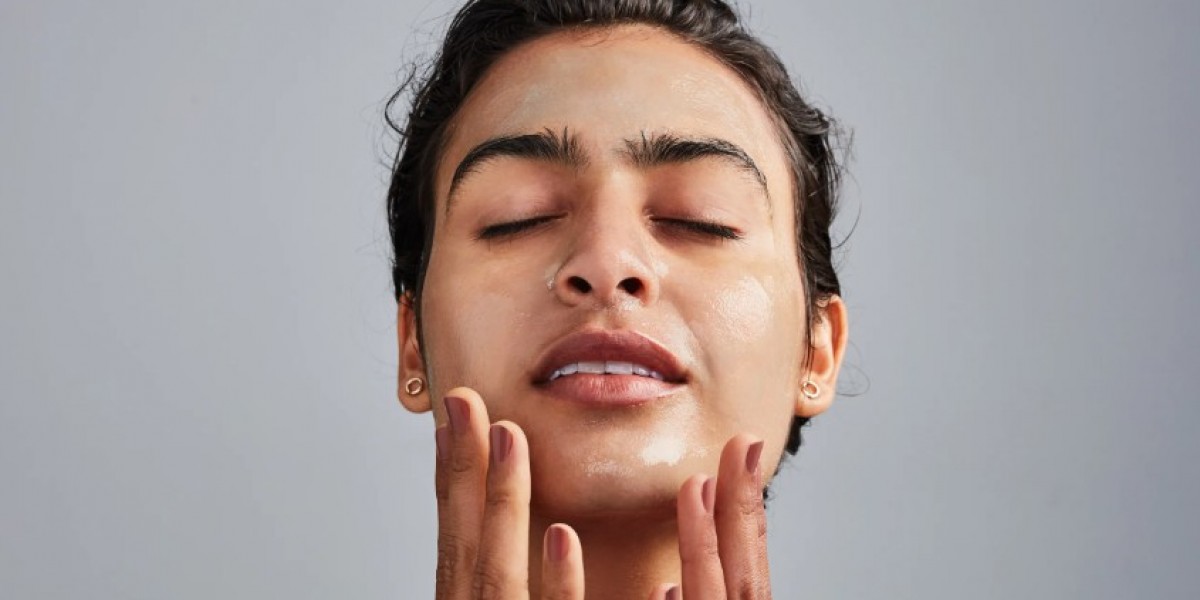Choosing the right SPF is essential for effective sun protection tailored to your skin type, lifestyle, and environment. Heres a guide to help you pick the SPF level that best suits your needs:
1. Understand SPF and What It Means
- SPF, or Sun Protection Factor, measures a sunscreen's ability to protect against UVB rays, which cause sunburn and contribute to skin cancer. SPF does not measure protection from UVA rays, which also cause skin aging and damage, so its crucial to choose a broad-spectrum sunscreen that covers both.
- How SPF Works: SPF 30, for example, means youre protected from 97% of UVB rays, while SPF 50 blocks about 98%. No sunscreen can block 100% of UV rays.
2. Consider Your Skin Type
- Fair, Light Skin: More prone to burning, so opt for SPF 30-50, especially if youll be outdoors.
- Medium to Olive Skin: Generally SPF 30 is suitable, though SPF 50 may be better for prolonged sun exposure.
- Deep, Dark Skin: Even though melanin provides some natural protection, SPF 30 is still recommended to protect against sun damage and skin cancer.
3. Factor in Your Daily Sun Exposure
- Mostly Indoors: If you spend most of the day indoors with minimal sun exposure, an SPF of 15-30 should suffice for daily wear.
- Outdoors or Active Lifestyle: If youre outside for extended periods, particularly in high-sun environments (beaches, hiking), SPF 50 is a safer choice.
- Water or Sports Activities: Choose a water-resistant sunscreen with at least SPF 30 to 50 to ensure continued protection through sweat and water exposure.
4. Consider the Climate and Season
- Hot, Sunny Climates: In intense sun regions or during summer, opt for SPF 50 to safeguard against stronger UV exposure.
- Cloudy or Winter Days: UV rays penetrate clouds, so SPF 30 is recommended even on overcast days.
5. Check for Broad-Spectrum Protection
- Why Its Important: Broad-spectrum sunscreens protect against both UVA and UVB rays, shielding skin from both burns and long-term damage like aging and dark spots.
- What to Look For: Choose sunscreens that explicitly say broad-spectrum on the label.
6. Consider Texture and Formulation for Comfort
- Oily Skin: Gel-based or lightweight formulas are less likely to clog pores. Look for non-comedogenic on the label.
- Dry Skin: Cream-based or hydrating sunscreens with ingredients like hyaluronic acid or glycerin provide moisture while protecting.
- Sensitive Skin: Mineral-based sunscreens with zinc oxide or titanium dioxide tend to be gentler than chemical sunscreens and are better suited for sensitive skin.
7. Reapply as Needed
- Even the right SPF cant protect you all day without reapplication. Reapply every 2 hours, and after swimming or sweating, regardless of SPF level.
In Summary
For daily use, SPF 30 is typically sufficient, while SPF 50 offers added security for extended outdoor exposure. Pairing the right SPF with a broad-spectrum sunscreen provides essential protection against both sunburn and premature aging. With the right sunscreen, youll keep your skin safe, healthy, and glowing!







